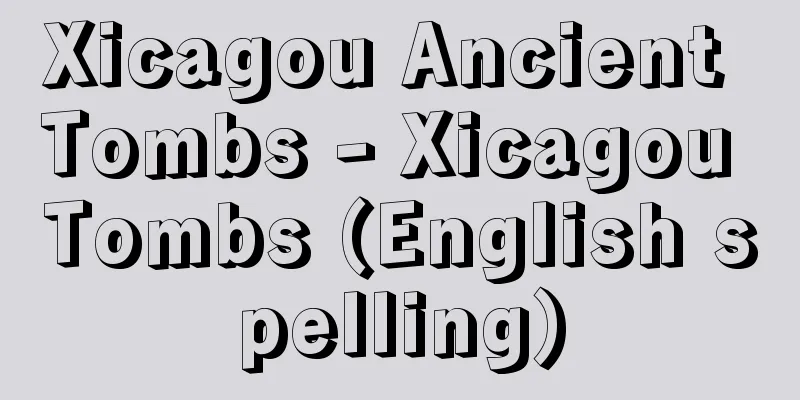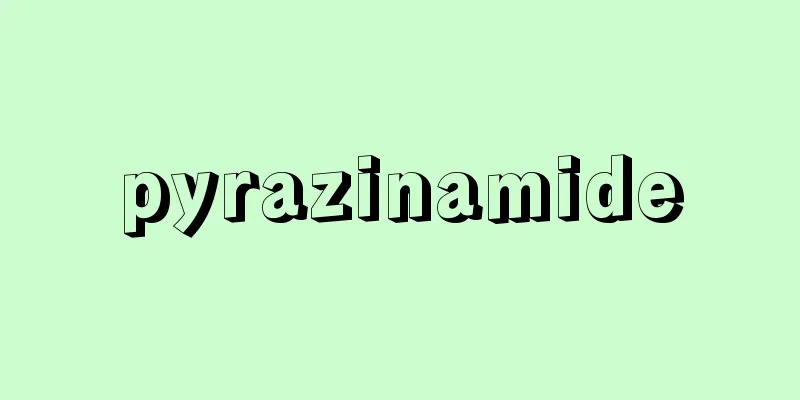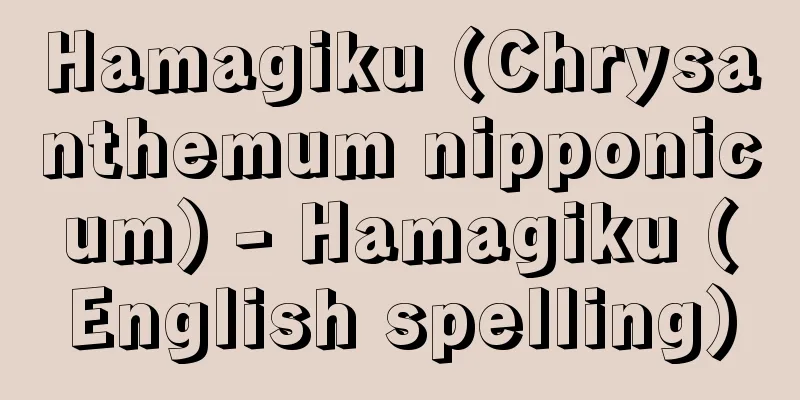Cho Juri

|
A representative Chinese rural writer. Born on September 24th. Born into a family of fallen middle-class peasants in Qinshui County, Shanxi Province. While studying at the Provincial Normal School in Changzhi, he left school due to the White Terror of Yan Xishan, and began writing while moving around Shanxi, working as a teacher and other jobs. During his student days, he was passionate about new literary works, but through his contact with peasants, he felt the need to popularize and vulgarize literature, and this feeling was further strengthened after his activities with the Sacrificed National Salvation League in 1937 and 1938. After that, he mainly engaged in propaganda work such as editing small newspapers, and practiced popularization through print media, but his Zhao Shuli-style writing, which took into account traditional folk formats and was written as if speaking to peasants, finally began to attract attention with the publication of "Literary Lectures" in 1942. In particular, the successive successes of "The Marriage of Little Erhei," "Li Youcai's Tale," and "The Changes in the Li Family Villa" had a great impact on the literary world, leading to the suggestion that "we should learn from Zhao Shuli's style." After liberation, he mainly edited magazines such as "Shuo Shuo Shing Sang" and "Acrobatics" in Beijing, but also actively went into the countryside to write powerful works such as "Marriage Registration" and "Sanli Bay" that corresponded to each stage of socialist construction, and he always ranked at the top of people's literature writers. However, after the Great Leap Forward, he came under criticism for the way he sought themes, which he called "problem novels," and when the Cultural Revolution began, he became the target of criticism for the so-called "middle character theory" because he did not use heroes as protagonists. He died on September 23rd in 1970 at a public rally. [Masako Sugimoto] "Modern Chinese Literature 8: Zhao Shuli" translated by Shinobu Ono and Toshio Okazaki (1971, Kawade Shobo Shinsha) " "Chinese Revolution and Literature 7: Zhao Shuli Collection" edited by Shinji Komada (1972, Heibonsha) " "The Glory and Misery of China: A Biography of Zhao Shuli" by Osamu Kamaya (1979, Tamagawa University Press) [Reference] |Source: Shogakukan Encyclopedia Nipponica About Encyclopedia Nipponica Information | Legend |
|
中国の代表的農村作家。9月24日生まれ。山西省沁水(しんすい)県の没落中農の出身。長治の省立師範学校在学中、閻錫山(えんしゃくざん)の白色テロで学校を離れ、教師などをして山西を転々としながら創作を始める。学生時代は新文学作品に熱中したが、農民との接触のなかで文芸の大衆化、通俗化の必要を感じ、1937、38年の犠牲救国同盟会での活動を経てその思いをさらに強める。その後はおもに小型新聞編集などの宣伝工作に従事し、紙面で大衆化を実践するが、伝統的な民間形式を考慮して農民に語り聞かせるように書かれた趙樹理流の作風は、42年に『文芸講話』が発表されてからようやく注目を浴びるようになり、ことに『小二黒の結婚』『李有才板話』『李家荘(りかそう)の変遷』の相次ぐ成功は文芸界に大きな衝撃を与えて「趙樹理方向に学べ」とまでいわしめた。解放後はおもに北京(ペキン)で『説説唱唱』『曲芸』などの雑誌を編集しながら積極的に農村に入って『結婚登記』『三里湾』など、社会主義建設の各段階に応じた力作を書き、つねに人民文学作家のトップにいたが、大躍進期以降「問題小説」と自称する彼の主題の求め方に対して批判もおこり、文化大革命が始まると、英雄を主人公としないことからいわゆる「中間人物論」批判の槍玉(やりだま)にあげられ、70年のつるし上げ大会で9月23日死亡した。 [杉本雅子] 『小野忍・岡崎俊夫訳『現代中国文学8 趙樹理』(1971・河出書房新社)』▽『駒田信二編『中国の革命と文学7 趙樹理集』(1972・平凡社)』▽『釜屋修著『中国の栄光と悲惨――評伝趙樹理』(1979・玉川大学出版部)』 [参照項目] |出典 小学館 日本大百科全書(ニッポニカ)日本大百科全書(ニッポニカ)について 情報 | 凡例 |
>>: Changsu-wang (King of Longevity)
Recommend
Molotov, Vyacheslav Mikhailovich
Born: March 9, 1890. Buyatka, Kukalka [Died] Novem...
Aburame (blenny) - Aburame
...It has many local names, such as kasori in Osa...
be-bop (English spelling) bebop
...Players from the Midwest and other parts of th...
Public enterprise
A company owned (invested) by the state or a loca...
Baibunsha - Baibunsha
A kind of ghostwriting business that brought toge...
Kakusuke - Kakujo
Year of death: 1.10 of the Shoryaku era (1077) Yea...
Baalbek
An ancient Syrian city in the Bekaa Plateau. Its n...
Crow - Crow
A general term for birds of the genus Corvus , fam...
geologic system
...For the history of the solar system from the b...
Mount Oza
A mountain in the southeast of Yamaguchi Prefectur...
Inspection of agricultural products
Inspection is conducted to ensure smooth, simple, ...
Toki clan
Seiwa Genji. Mitsuhira, the seventh generation gr...
Hydrocyclone
...Small cyclones with a diameter of a few centim...
International Rugby Football Board
…As international friendly matches between the re...
Active transport
This is the process of moving a substance through...









